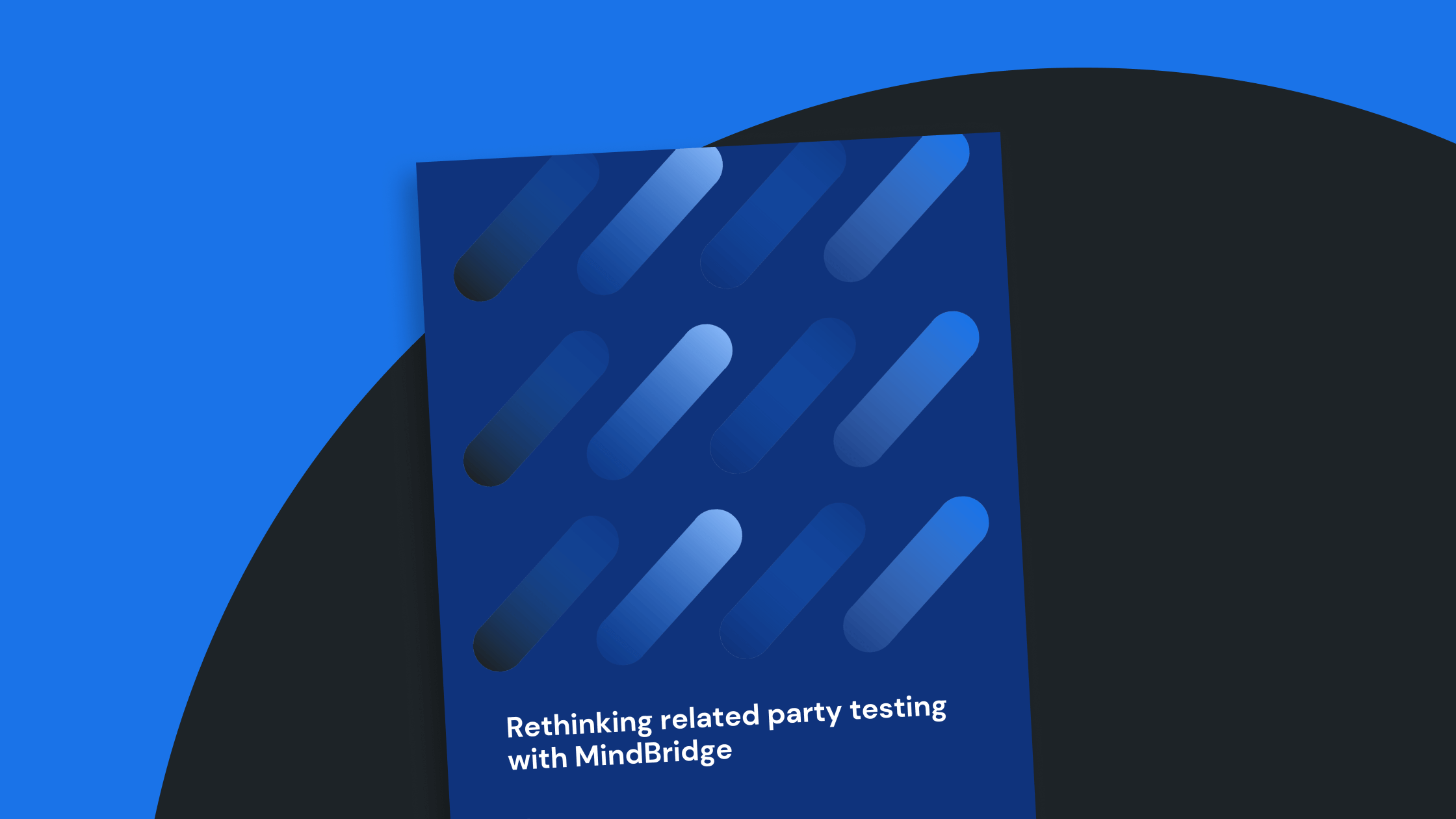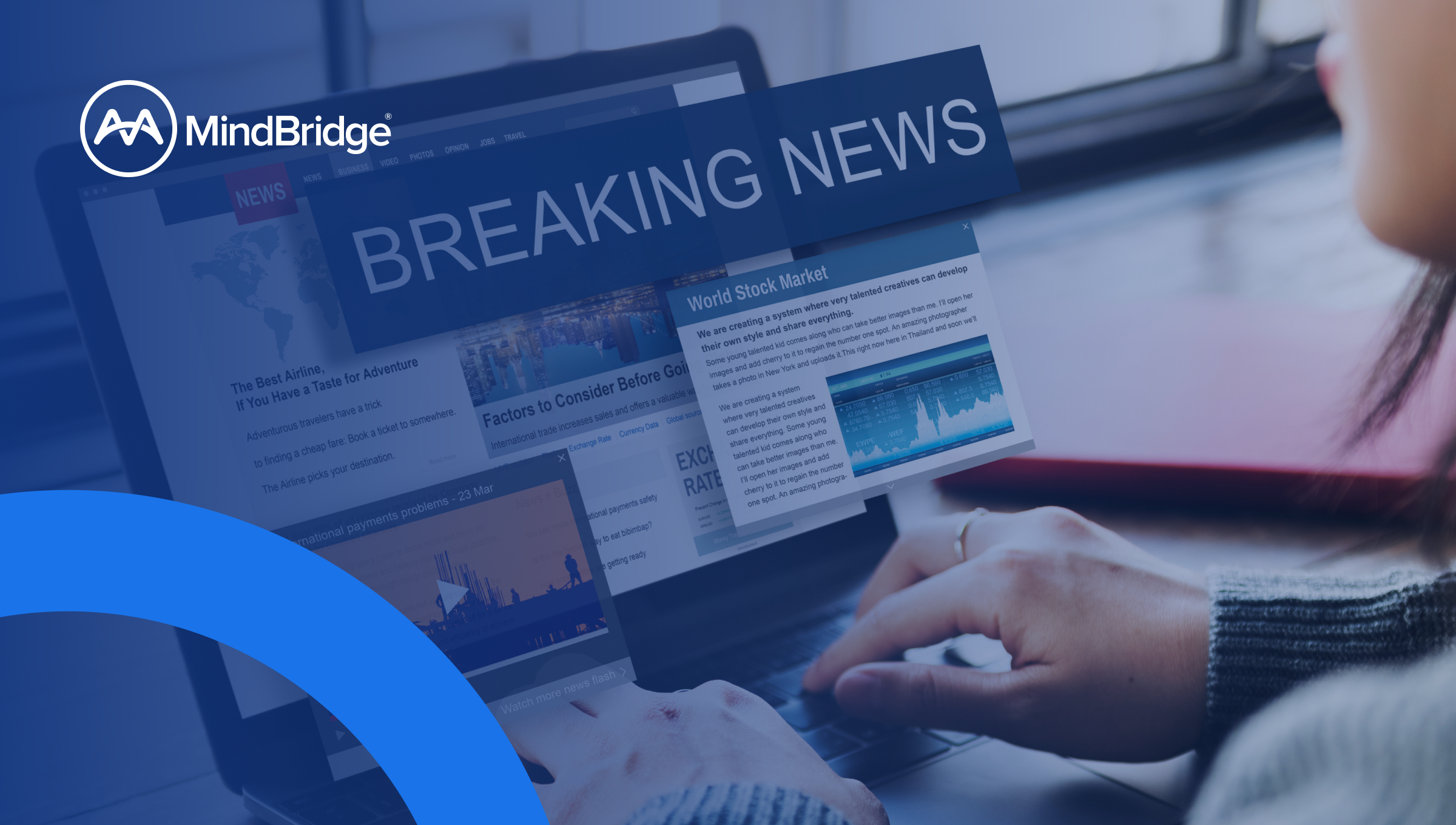Letting Data Speak: The Missed Opportunity in Audit and Assurance
Audit and assurance teams today are equipped with powerful tools, robust methodologies, and increasingly advanced audit analytics. From risk assessment to control testing to substantive procedures, data is embedded at every phase of the audit process. Yet, despite this data-driven approach, many teams find themselves asking the same question: Why aren’t we uncovering more? The real … Read more















